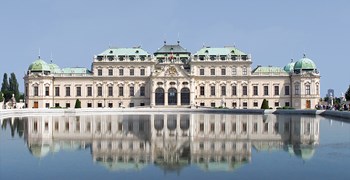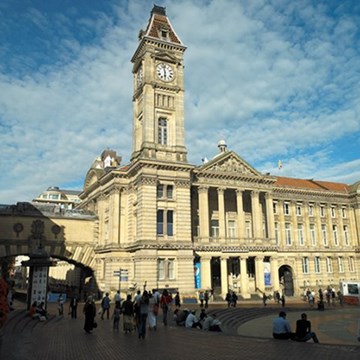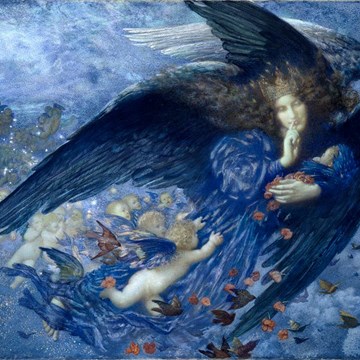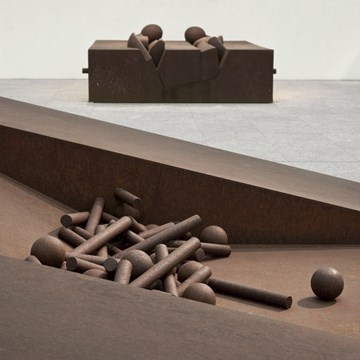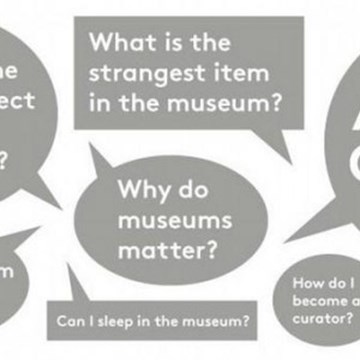Johann Peter Krafft - Painter of a New Austria
Johann Peter Krafft (1780–1856) was acclaimed for his portraits and monumental history paintings even during his lifetime and was ultimately appointed Director of the Imperial Picture Gallery, housed at the Upper Belvedere in Vienna. His work not only reflects a versatile artist, with an international, especially French, training, but also provides an insight into the social and political events of an entire epoch. The exhibition pays tribute to an artist whose work is closely tied to Vienna and the “new Austria”.
Born in Hanau near Frankfurt am Main, Johann Peter Krafft first attended the famous Drawing Academy in his hometown before transferring to the Vienna Academy of Fine Arts in 1799. A defining experience for the young artist was the two years he spent studying in Paris (from 1802). After training in the “French” style, Krafft returned to Vienna in 1804. Krafft initially made his name as a portraitist, capturing the entire social spectrum from the bourgeoisie to the emperor himself. At the same time he worked as a history painter, achieving his first success with Archduke Karl with the Flag of the Zach Regiment in the Battle of Aspern (1811/12). Although initially emulating French artists, his 1813 Militiaman’s Departure reveals that he had started to detach himself from this influence. The subject matter, especially the life-sized depiction of ordinary civilians, made this a propaganda painting par excellence, and the picture secured Krafft’s final breakthrough.
From this point on, it seemed that no other Viennese artist could match his ability to capture monumental scenes showing the Austrian victory over Napoleon at the Battle of Aspern and the Battle of Leipzig. His naturalistic treatment of details is unsurpassed, defining the artist as a pioneer of Realism. A completely different side of Krafft from his battle paintings emerges in his scenes from the life of Emperor Francis I, both small images and the vast depictions for the walls of the Audience Waiting Room at Vienna’s Hofburg. Works such as Emperor Francis I Accompanies a Pauper’s Coffin or Emperor Francis I Ferries a Man Across Laxenburg Pond have an anecdotal quality. The emperor is presented as humble and a “man of the people”. There is also an unmistakeable allusion to Pietas Austriaca, the piety of the House of Habsburg. Even in these small, private images, Krafft managed to convey a political message through seemingly ordinary, everyday scenes. This all started with The Militiaman’s Departure in which Krafft not only created one of the most popular images from the Wars of Liberation but also helped establish Viennese genre painting in the Biedermeier period. Besides painting, Krafft was also active on the art scene. At the end of 1828, Francis I appointed him Director of the Imperial Picture Gallery and Keeper of the Belvedere Palaces. Krafft’s new role involved the redisplay, maintenance and development of the gallery and the upkeep and restoration of the buildings and gardens. Krafft now took on few commissions and painted mainly for personal pleasure and his family.
The show spans his years studying in Paris, his portraiture, and his history paintings with battle scenes and monumental pictures such as The Militiaman’s Departure and The Militiaman’s Return. Furthermore, the exhibition provides a glimpse of the artist’s studio, showing how Krafft prepared a painting in drawings, studies of details, and oil sketches before completing it on a large scale.
Exhibitions and events

Permanent Presentation at the Upper Belvedere
Permanent exhibitionThe Upper Belvedere houses the impressive collection of Austrian art dating from the Middle Ages to the present day. At the heart of the displays of "art around 1900" is the world’s largest...
Activities from this museum
We don't have anything to show you here.
